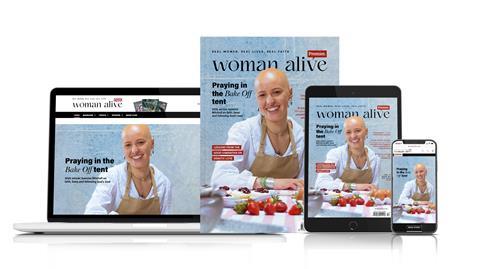With a master’s in Conflict Resolution, Rosie Tenant is no stranger to a dispute. Here she explains how assertive, compassionate communication always trumps your fight or flight response.

Relationships can be hard. We all have different views, different feelings and needs, different ways of doing things, which at times clash with those around us. Disputes are part of life and part of relationship. They are difficult and uncomfortable. But, they are also an opportunity, however unappealing in the heat of the moment, to grow, empathise, and gain a better understanding of ourselves and others.
When we feel threatened or intimidated by a conflict situation, our survival instincts kick in. There are a broad range of possible responses, but essentially, we either fight, or we flee. Self-awareness is vital when it comes to dealing with interpersonal disputes, so it is important to understand our own instinctive approaches. Are you naturally a conflict confronter or a conflict avoider?
Nicky and Sila Lee, founders of The Marriage Course, offer a useful illustration involving a rhino and a hedgehog. Perhaps instinctively, you act like a rhino. As anger bubbles up, you charge headfirst into a disagreement. Your tone may come across as aggressive, but you’re determined to deal with the issue as soon as possible, and you want to put things right. Or, perhaps you behave more like a hedgehog. You feel angry and afraid all at once, and you find yourself withdrawing. You may supress your emotions, either passively, in denial that the issue exists at all, or passive aggressively, with your sharp spines pointed in every direction. One of these approaches may stand out to you, or you may relate to aspects of both. the good news is there is a third way.
Disputes are an opportunity, however unappealing in the heat of the moment, to grow, empathise, and gain a better understanding of ourselves and others.
Instead of reacting instinctively to our anger, fear, or frustration, we can actively and intentionally respond in a way which puts relationship first. Romans 12:16-18 instructs us: “Live in harmony with one another…do not repay evil for evil…if it is possible, so far as it depends on you, live at peace with everyone.”
The approach of the rhino intensifies discord and division, the approach of the hedgehog deepens detachment and distance, but “blessed are the peacemakers” (Matthew 5:9). It is helpful to note that peace-making is not the same as peacekeeping. Peace-making cannot be passive, nor is it fundamentally reactive. It requires deliberate action. When we choose to put relationship first, above problem-solving or our desire to be right, we can gain a much greater understanding of ourselves, and others. We can have more constructive conversations and less misunderstandings. We can create the conditions to transform the dispute and the relationship itself. We can learn to disagree well.
Disagreeing well requires a realistic awareness of ourselves. Matthew 7:4-5 says: “First take the log out of your own eye then you will see clearly to take the speck out of your brothers’ eye.” You may be convinced that you are in the right. It is likely that your friend or family member also thinks that they are right. We need a realistic awareness of ourselves. It is helpful to clarify your feelings and needs. Are these driving your words and actions? Put yourself in their shoes. How do you think your words and actions come across to them? Ask yourself questions. Be honest and specific.
When we choose to put relationship first, above problem-solving or our desire to be right, we can gain a much greater understanding of ourselves, and others.
Unsurprisingly, in order to disagree well, we also need to communicate and listen well. It has been estimated that our body language makes up a whopping 55 per cent of our communication (in relation to feelings and attitudes), tone 38 per cent, while words only make up 7 per cent. These figures will fluctuate depending on the context, but it is clear that non-verbal communication is extremely important. We must be aware, not just of what we say and the language we use, but also our tone and body language. Assertive, compassionate communication involves openly expressing our own feelings and needs, while equally valuing those of others. It involves active listening, honesty, respect, demonstrating empathy, asking open questions, giving others space to say what they need to say and really hearing them. A fair process, in which everyone (including you) has space to speak and be heard is crucial. When it comes to disputes, the way something is decided is often as important as what is decided. People will likely reject an outcome – even a wise and fair one, if they feel it is the result of bad process. Demonstrating assertive, compassionate communication involves upholding the dignity of others, while also upholding our own.
Disputes can be difficult, but we can learn from each other, grow, challenge and be challenged. When we put relationship first, we create the conditions for reconciliation, for truth, repentance, forgiveness, peace, freedom, justice, and healing. Good relationship is worth fighting for. Of course, we have disagreements and disputes, but when we put relationship first and we get through the other side, these uncomfortable experiences can actually bring us closer than we were before.































No comments yet